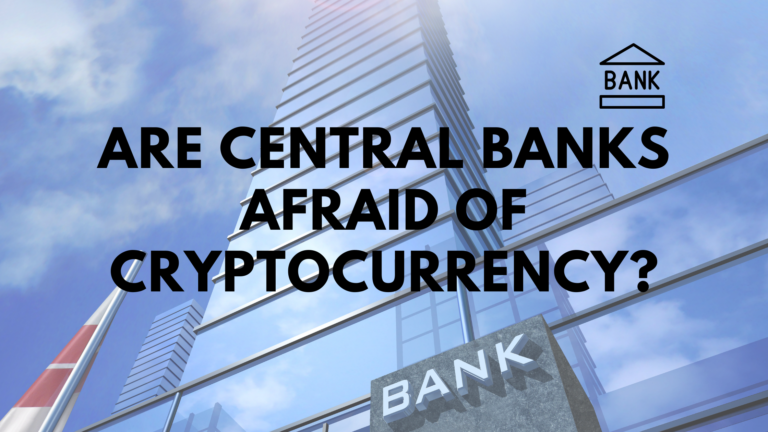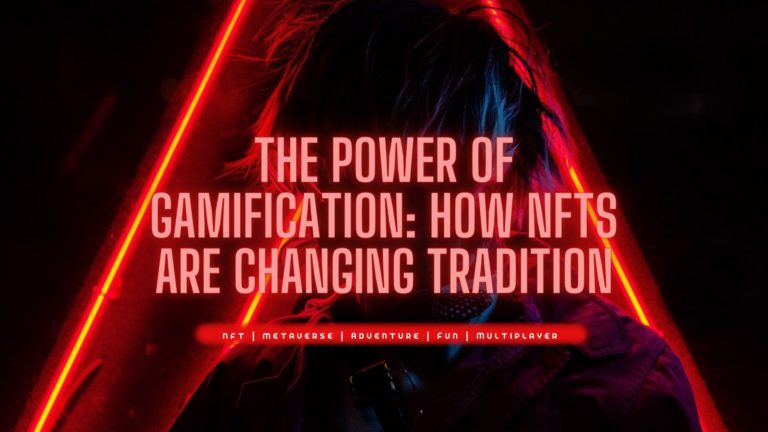
You’d have had to be living under a rock not to have heard about Bitcoin, crypto or blockchain by now.
And while the 2017 crypto bull run that triggered a kind of mild hysteria throughout the world (Long Island Iced Tea changing their name to “Long Blockchain Corp” is the kind of crazy we’re talking about) might not have been enough to stir the majority of people to buying some BTC for themselves, the events of the past few months alone might just appear to be the push that tipped the cow over for many standing on the sidelines.
Who would have thought that it would be institutional interest that would produce the next big wave of interest and positivism for blockchain and crypto?
Elusive mass adoption
Retail investors — regular people taking advantage of being able to directly buy crypto online without any need for vetting or qualifying requirements — had been the primal force behind crypto’s rise up until that 2017 bull run. From the man who bought two pizzas for 10,000 Bitcoins (worth an eye-watering $190 million today) in 2010, to independent buyers and sellers selling peer-to-peer and darkweb in 2012, to massive unregulated exchanges in the years that followed, it has been individuals and groups of enthusiasts, traders, and speculators who had been responsible for creating the demand and utility for Bitcoin and crypto, giving rise to its incredible increase in valuation.
But as the crypto markets entered the long hangover in 2018, with Bitcoin shedding half of its price from a peak near $20,000 and ICO investors seeing their unrealized profits slipping through their fingers, industry commentators believed that retail momentum had plateaued… and mass adoption was still not achieved.
And so the industry sought a new catalyst for recovery, for utility that would see mainstream adoption. And already, since 2018, the belief was firmly that it would be money from the so-called institutional investors that would be the solution.
Several high-profile institutions like Harvard University, MIT, Stanford University, Yale University, and others began spreading their endowment fund risks into at least one cryptocurrency fund. Bulgaria is holding the second-largest amount of Bitcoins in the world by owning at least 213,000 Bitcoins. Even the government of Norway’s pension fund began putting some investments into Bitcoin, literally ensuring every Norwegian was invested in Bitcoin.
Derivative platforms like Bakkt, that would allow accredited institutional investors to legally invest into Bitcoin, were heralded as the portal that would push crypto into the stratosphere again. But regulatory hurdles proved too much. Bakkt was delayed by over a year. Facebook’s Libra project was shot down in 2019.
It wasn’t nearly enough.
Institutional interest long overdue
Until this year.
In the past few months alone, we’ve seen incredible names jump in on blockchain — be it adoption of the tech or investment in crypto assets. Visa and Mastercard each entered the crypto space this year by taking on their first pure crypto partners in Wirex and Coinbase.
And then Twitter, whose CEO, Jack Dorsey is a known Bitcoiner, conceded that they would eventually have to consider decentralized tech like blockchain some day.
But the biggest surprise came from perhaps one of crypto’s old enemies: payment processor PayPal, which finally gave in last month by enabling Bitcoin buys from its platform after acquiring the much-coveted BitLicense.
Then within weeks, tech giant MicroStrategy invested its entire 2019 revenue of $425 million into Bitcoin (brokered by Coinbase, apparently).
There’s just no signs of slowing down either, as just last week BlackRock became the latest old-world corporation to back Bitcoin, telling CNBC:
Bitcoin is so much for functional than passing a bar of gold around.
And when Biden properly assumes leadership of the USA next month, he’ll have his latest appointee, ex-Fed Reserve Chair Janet Yellen as Treasury Secretary. The first woman to Chair the central bank in 2014, Yellen’s got an appetite for inflationary measures to stimulate economic growth. And we know how well stimulus has worked for crypto this year!
All signs point to more institutional interest in crypto, as faith in fiat and traditional banking weakens, and that has always been good for crypto.
We might have stood by and watched the drama of 2017. It would be unwise to keep being a bystander in 2021.
And if you’re a business wanting to level up your blockchain marketing to appeal to what will surely be a new wave of crypto users, you’ll want to work with the very best.
Hint: that’s us. Speak to us to talk about blockchain marketing that works for you and your users. And we’ll help you find out about what makes your blockchain brand special.






